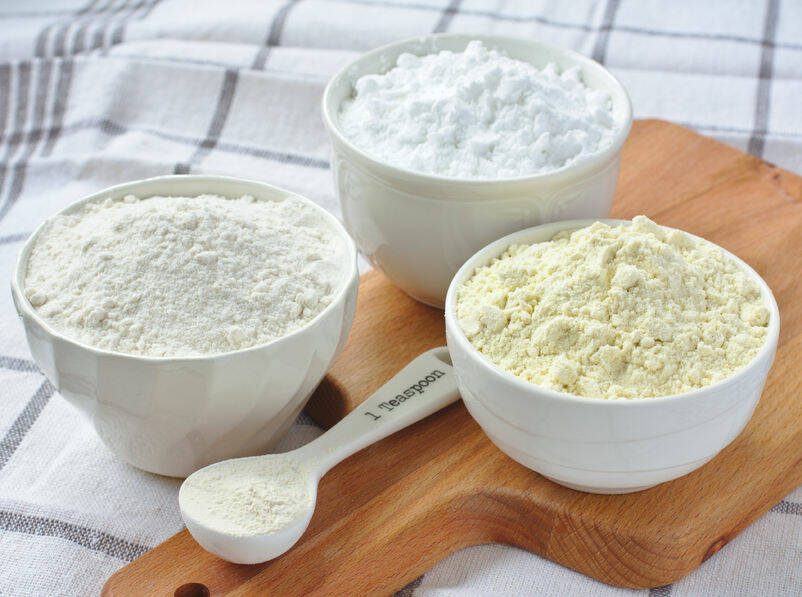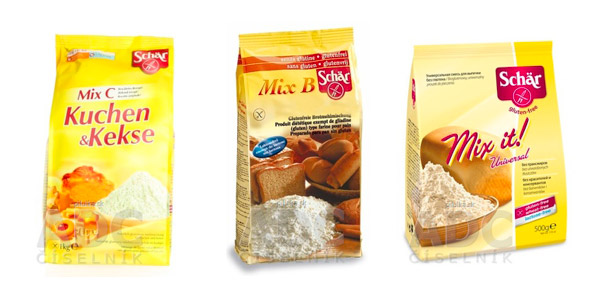Gluten-free flour: what to know about it and is spelt flour gluten-free?

Whether it's our daily bread, cakes that melt on the tongue or our favourite Italian pizza... and many other delicious dishes we can't imagine our lives without. But what if you're a celiac and flour has suddenly become your arch enemy? The solution is simple - gluten-free flour.
What should we know about gluten-free flour? And do you want to know if spelt flour is gluten-free? We offer all the important information in this article.
Don't hang your head!
Just because you were diagnosed with celiac disease a long time ago doesn't mean that you should feed exclusively on salads. Today's times are really kind to celiacs and the current market is actually rich in all kinds of gluten-free foods and the ingredients needed to prepare them.
Like any healthy person, a celiac has the choice of opting for convenience and buying a ready-made gluten-free product, or sourcing the necessary ingredients and creating their own stock.
Many people prefer the second option because they like to cook or bake themselves, want to be sure of the production process and, most importantly, enjoy fresh food.

Is spelt flour gluten-free?
Many people think that spelt flour is gluten-free.
However, this is a mistake!
Spelt flour is currently enjoying great popularity and popularity among people who choose to live and eat healthy. It is undoubtedly a quality alternative to traditional wheat flour.
However, spelt also contains gluten.
Coeliacs should therefore not consume it under any circumstances!
So what does flour for coeliacs actually consist of?
What is the composition of gluten-free flour?
Gluten-free flour is usually made from naturally gluten-free ingredients, i.e. corn, rice, buckwheat, soy, potatoes, amaranth, etc...
Some products may also contain so called deproteinated wheat starch (wheat protein gluten/gluten removed during the manufacturing process). There are few such products left.
Unfortunately, many coeliacs are also lactose intolerant. Therefore, gluten-free flours are often dairy and lactose free, or even egg or soy free.
The composition of gluten-free flour always depends on the purpose for which the flour is intended. Therefore, sometimes the flour is made purely from corn flour and corn starch, other times a certain proportion of buckwheat flour, rice flour, potato starch or gluten-free thickeners (guar flour, agar...) are added to the composition.
Many health food stores offer not only the above flour mixes, but also 100% natural flours obtained from different types of naturally gluten-free plants, crops, seeds or nuts.
Some of the most popular flours include buckwheat flour, almond flour (excellent for making various types of shortbread or the popular macaroons), coconut or chestnut flour (also ideal for making delicious cakes and pastries), amaranth flour (a flour extremely rich in protein and fibre, which is why it is very popular, e.g. it is a rich source of protein, various vitamins and minerals), soya flour (as soya is in the allergen group, it is not suitable for everyone) and many others...
These types of naturally gluten-free flours are very nutritious, which results in their beneficial effect on the human body. Each of the flours is specific in its own way, so by choosing the right type of gluten-free flour (and of course following the right working procedure) you can achieve really good and tasty culinary results.
Enjoy!
Related










